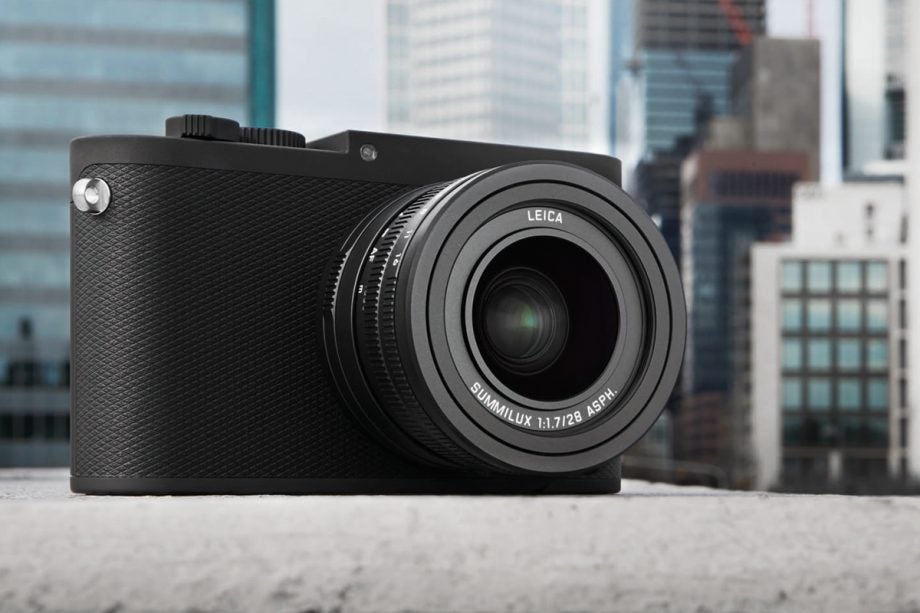The Leica Q-P is the stealth bomber of full-frame compact cameras

If the original Leica Q wasn’t quite minimalist enough for you with its outlandish inclusion of a Red Dot logo, then its new full-frame brother, the Leica Q-P, might be the super-premium ‘compact’ camera for you.
Not a lot has changed on this special edition version of the classic fixed lens camera, with the only big addition being a new shutter release button. This is the same as the one seen on the Leica M and Leica CL, which should mean an improved haptic experience.
Otherwise, the Q-P is identical to the Leica Q, aside from the inclusion of a script logo on the top plate in place of that famous Red Dot on the front.
Related: Best compact cameras
This means you get a fast 28mm f/1.7 lens and a 24-megapixel full-frame CMOS sensor, which are a great combination for street photography and handheld, low light shots. To compose your shots, you also get a 3.86-megapixel electronic viewfinder, which we very much enjoyed on the original Leica Q, and a 3-inch, 1.04-million touchscreen LCD.
Of course, this being a Leica, you also get a terrifying, car-sized price tag – the Leica Q-P is available to buy from today for £4,100. That makes it £400 pricier than the standard Leica Q, if thankfully cheaper than the recent Leica Q Globetrotter edition.
You do at least get a brown leather strap and an extra battery in the bundle, but it’s fair to say that most us will admire the Leica Q-P from afar while eyeing up something entirely more sensible like the Sony A7 III or Nikon Z7.
What do you think, are Leica’s Q range worth their sky-high price tags? Let us know on Twitter @TrustedReviews.


